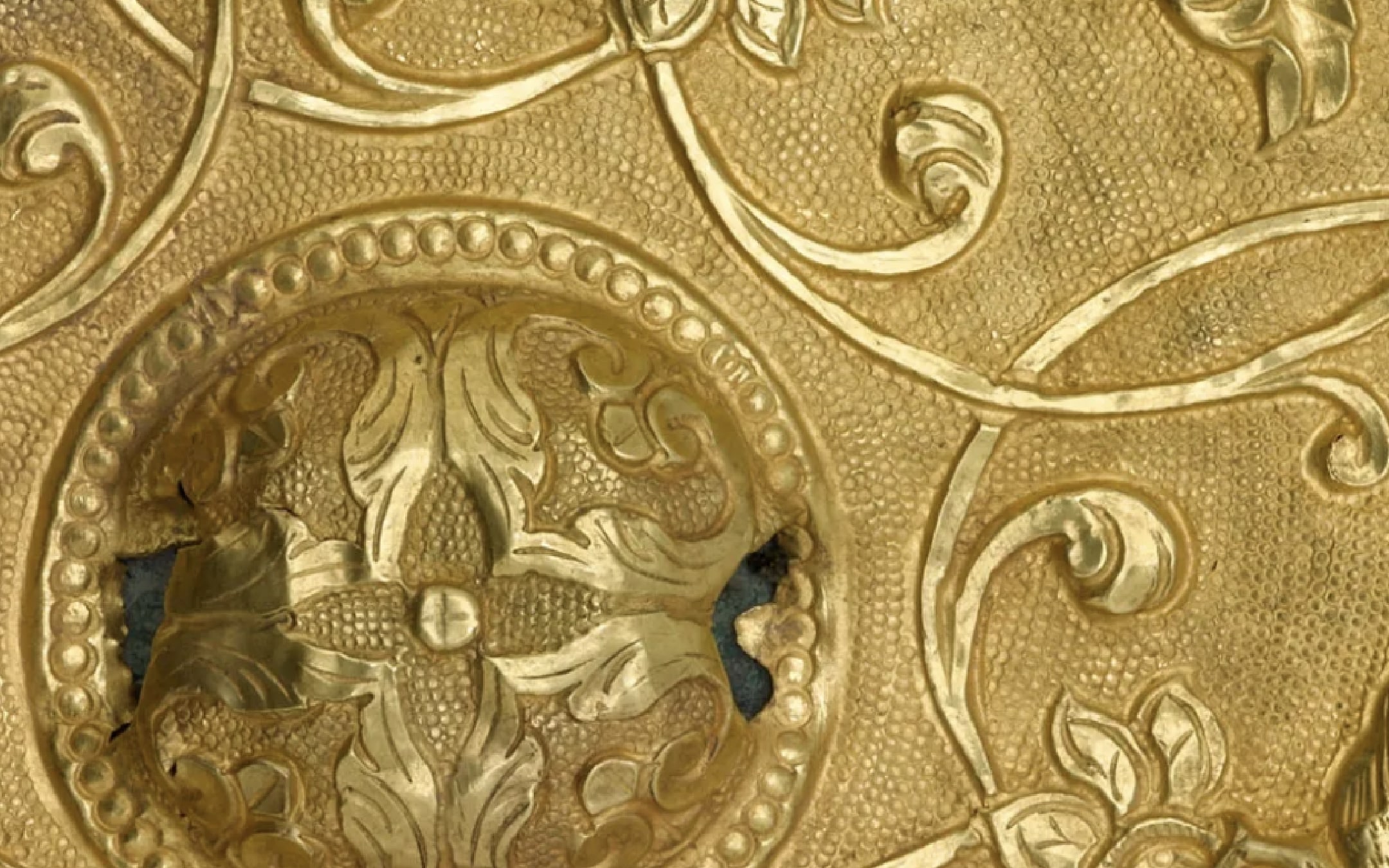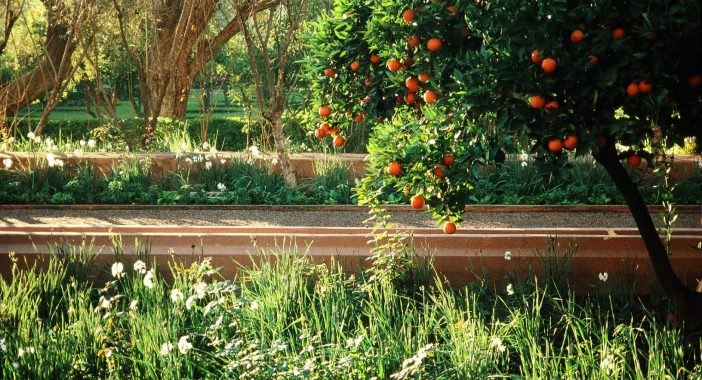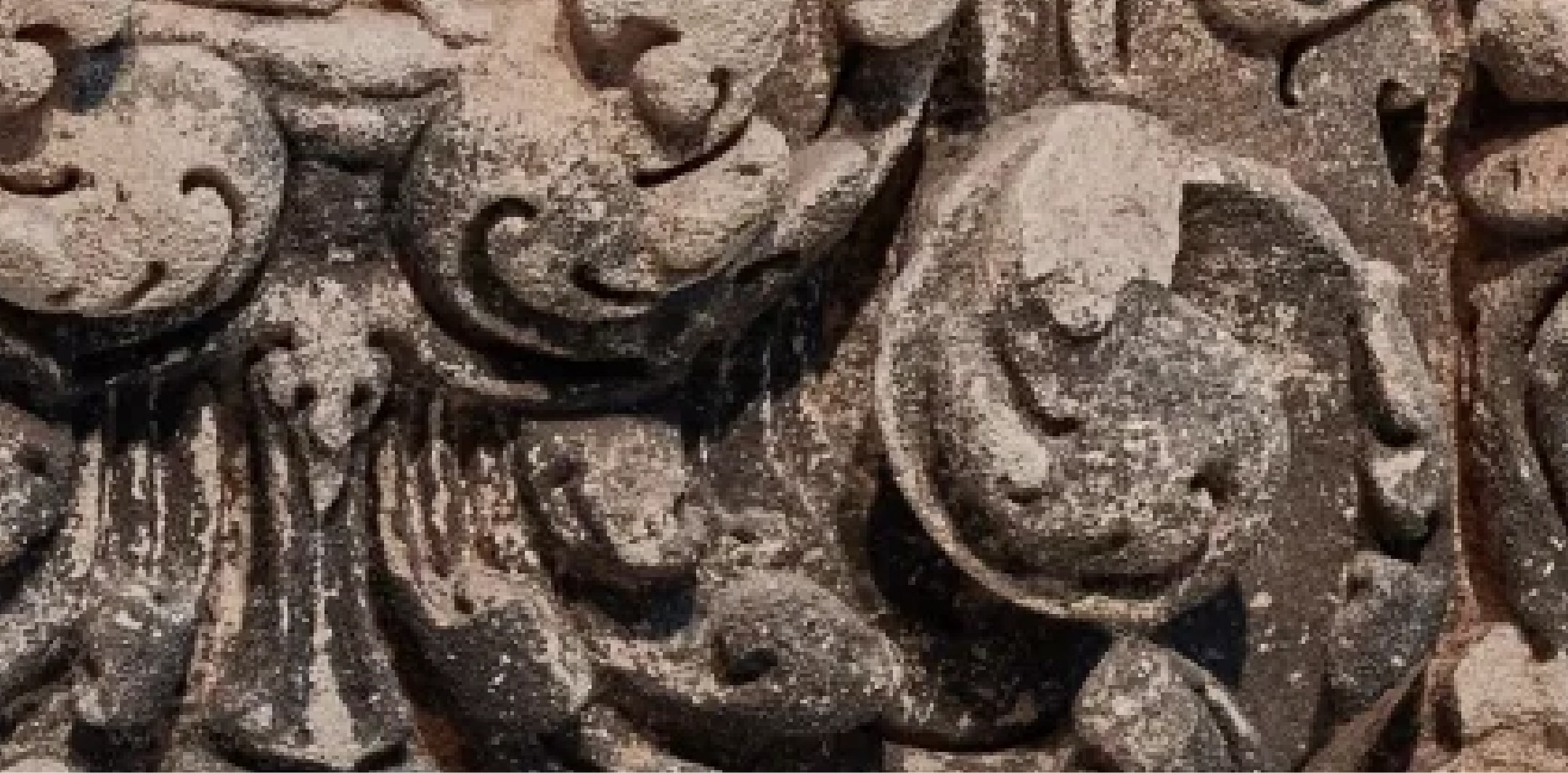Inspired by the groundbreaking work of Elizabeth Moynihan (1929–2023), this online symposium explores how ecological concerns and heritage imperatives have impacted the ways we study, view, and reconceptualize historical gardens.
In her long career as researcher, historian, and author, Elizabeth Moynihan left a profound impact on the study of Mughal gardens in South Asia. Her pioneering work includes extensive research on Babur, the founder of the Mughal dynasty, and publications such as Paradise as a Garden in Persia and Mughal India (1979) and The Moonlight Garden: New Discoveries at the Taj Mahal (2000), among others. In 1996, Moynihan also directed a joint project for the Archaeological Survey of India and the Arthur M. Sackler Gallery, now the National Museum of Asian Art.
A rich collection of Moynihan’s work has been compiled online in the Elizabeth Moynihan Resource Gateway. It includes her research of the Lotus Garden in Dholpur, the Jai Mahal Garden in Jaipur, Mehtab Bagh (Moonlight Garden) in Agra, and many other Mughal gardens. It also contains correspondence, field notebooks, drawings, sketchbooks, photographs, slides, rock specimens, blueprints, maps, and published articles.
Beyond Babur’s Gardens brings together experts in Mughal art and garden history from around the world. Each day will be centered around a theme: Garden Poetics and Planting; Mughal Gardens in Cultural and Environmental Context; and Conservation, Ecology, and Heritage Management. With a geographic focus on South Asia, Iran, and Central Asia, presenters will discuss topics including garden design, the sensorium, water and climate, rewilding and restoration, and sustainability. In addition to the Elizabeth Moynihan archives, they will synthesize interdisciplinary sources—from poetry and literature to art history and archaeology.
This symposium will weave together the stories of plants and gardens from the sixteenth century to the present day and consider how lessons from gardens past can revitalize efforts to preserve environmental and cultural heritage for the future.



